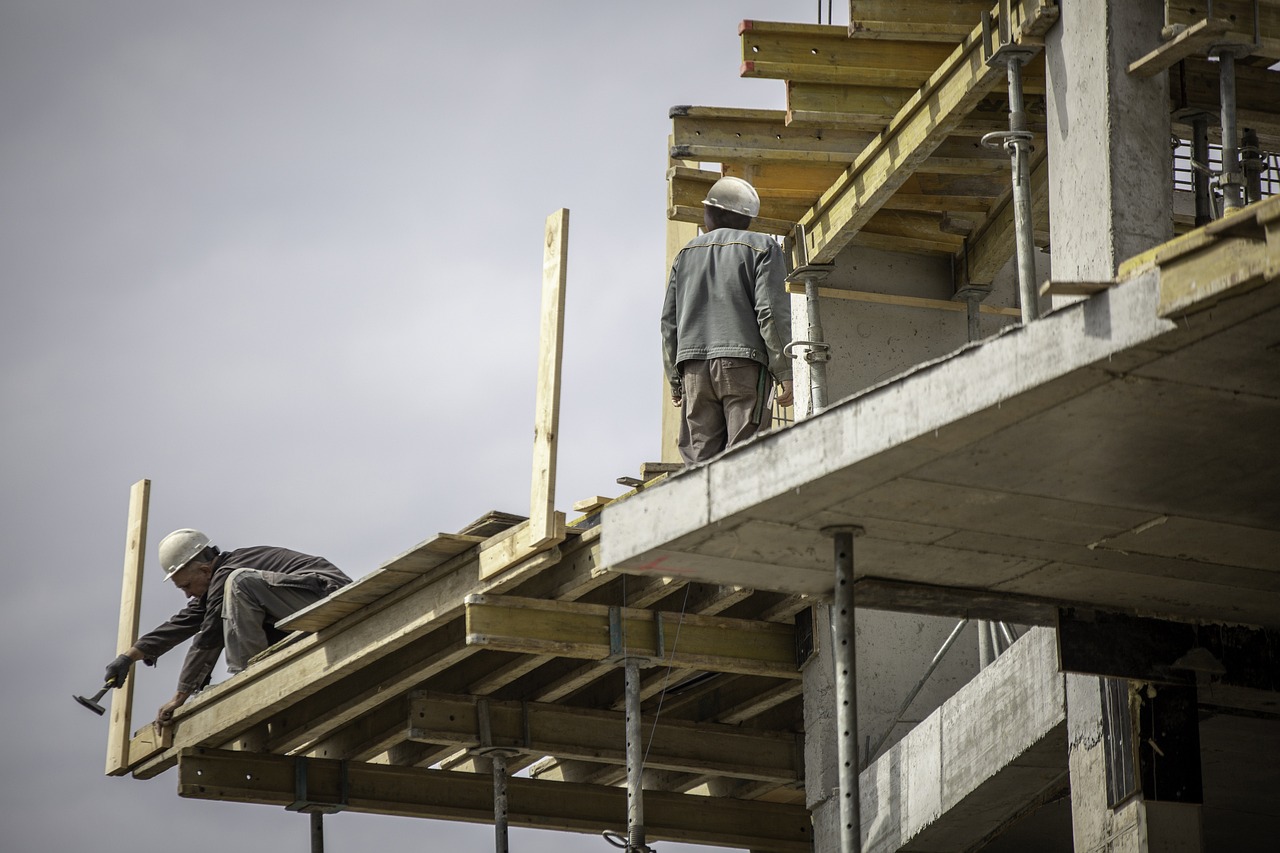1. Proper insulation: Installing proper insulation in walls, floors, and roofs, prevents heat loss in winter and keeps homes cool in summer, reducing the need for heating and cooling.
2. Energy-efficient windows: Upgrading windows to double or triple-pane windows with low-emissivity coatings, can reduce heat loss and keep homes cooler.
3. Energy-efficient appliances: Replacing old appliances with energy-efficient ones can reduce energy consumption by over 50%. Appliances like refrigerators, dishwashers, and washing machines consume a lot of energy.
4. Sustainable materials: Use of eco-friendly materials, such as bamboo flooring, recycled building materials, and energy-efficient lighting, can help reduce the carbon footprint of the property.
5. Passive solar design: Orienting the house to take advantage of natural sunlight, and window placement, can reduce energy usage and keep the house cool.
6. Efficient heating and cooling systems: Use of efficient heating and cooling systems, such as geothermal heat pumps and high-efficiency HVAC systems can significantly lower the energy consumption.
7. Renewable energy sources: Use of solar panels, wind turbines, and other renewable energy sources can provide the household with a renewable source of energy, decreasing dependence on non-renewable sources.
8. Water-saving appliances: Use of water-saving appliances, such as low-flow toilets and showerheads, can help save water and reduce consumption.
9. Smart home systems: Use of smart home systems that regulate energy consumption can help reduce energy consumption and save money on utility bills.
10. Proper landscape design: Planting trees, landscape shading, and the use of plants with low water requirements can help reduce the energy consumption of the household.



